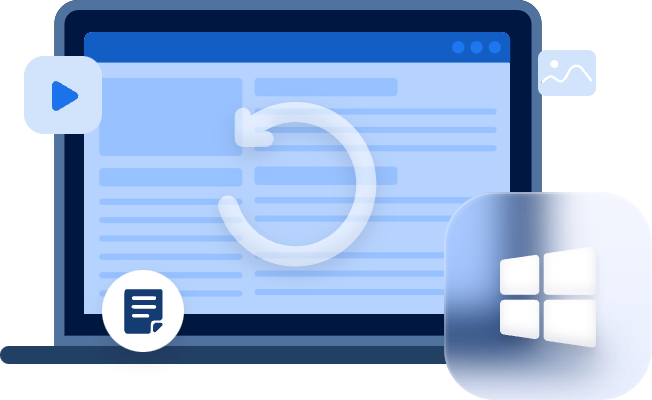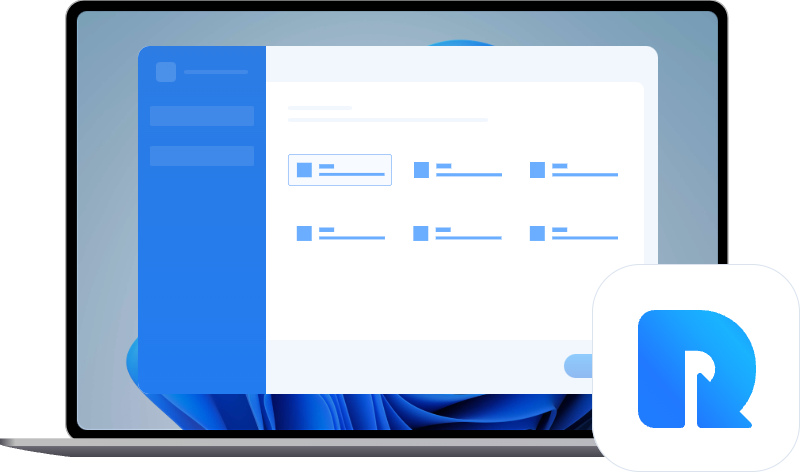3 Easy Ways for USB Deleted/Lost Data Recovery
If you are looking for solutions to USB deleted or lost data recovery, this guide with three ways to recover USB data can be worth reading for you.
The tiny and portable USB drive makes it convenient to save files and get access to these files on any computer as soon as it is plugged in. While sometimes, unexpected things can happen and make data in USB loss.
For example, when you unplug the USB drive while some files are still transferring, you may find you lose not only the files that are in the transfer but also files on your USB drive. Besides, you may also endure data loss if your USB drive is attacked by viruses or malware.
If such disappointing things have happened, just keep reading this guide to get solutions to USB deleted or lost data recovery.
Way 1. Try USB data recovery via Restore Previous Versions feature
All recent versions of the Windows operating system (including Windows 7, 8, and 10) are equipped with a built-in feature called Restore previous versions, which makes it possible to recover deleted files in Windows without any third-party tools. If you had enabled the function before you deleted the files, follow the steps below to recover files on your USB drive.
Step 1. Connect the USB flash drive to your computer > Double click This PC on the desktop of your computer to get in.
Step 2. Right-click on your USB and select Properties > Tap Previous Versions and look at the list of available recovery options.
Step 3. Select a previous version and click Restore to get files back.
What if there are no previous versions available? If you see no previous versions here, it means that you cannot recover data to the USB flash drive with it. Please don’t be upset. Just try the other two ways below.
Way 2. Perform USB data recovery using CMD
Besides the Restore Previous Versions feature, you can also recover data from hard disk using Command Prompt. The inbuilt tool, Command Prompt, which is commonly referred to as CMD/cmd.exe, enables you to manage disks, retrieve documents, fix bad sectors, and so on.
Please be noted that you can only recover files that are hidden or unchangeable in this way. Besides, This tool is not recommended for those who do not possess computer expertise. You can choose a simpler way introduced in Way 3 or follow the advanced steps to carry out USB flash drive data recovery.
Step 1. Input cmd in the search bar in the bottom-left of the desktop > Tap Run as administrator in the prompt window.
Step 2. Input the command ATTRIB -H -R -S /S /D X:*.* and press Enter. Here the X refers to the letter of your USB drive. Please replace it when you input the command.
Now, you could have your data recovered to the USB.
Way 3. Complete USB data recovery with MyRecover (recommended)
If the built-in tools cannot meet your recovery demands, or you want a simpler way to get lost data back with no error, you can try professional data recovery software. Here MyRecover is recommended.
Just in three steps, ADR for Windows can help you recover more than 200 types of data, including texts, pictures, compressed files, etc. no matter if it is deleted by accident or lost because of system crash, virus attack, and so on.
Embedded with an advanced scanning algorithm, ADR for Windows scans your USB deeply and quickly, enabling you to recover data with no effort in a short time.
It can work well with kinds of brands of your USB, like Sandisk USB. Download MyRecover on your Windows 11/10/ 8/7/Server computer. Let’s complete USB data recovery with ADR for Windows in three steps.
Step 1. Open MyRecover on your computer > Plug your USB into the computer > Hover the mouse over the USB drive saved deleted files before, and click Scan.
Step 2. Wait for the scan process to finish. The duration depends on the amount of the files on your USB and it usually doesn’t take you much time to finish.
You can also click the folders in the Scanned files list to browse and choose the files you’d like to restore during the scanning
Step 3. Make sure you have chosen all wanted files to recover to your USB > Click Recover x files. The x represents the number of files that will be recovered. > Finally, choose a destination to save the files, and the restore process will be finished in seconds.
Conclusion
That’s all for the three ways to carry out USB data recovery. You can utilize the built-in tools - Restore Previous Versions or CMD to recover data to your USB drive. If neither tool recovers all your lost data, you can rely on MyRecover to retrieve data without data loss.


